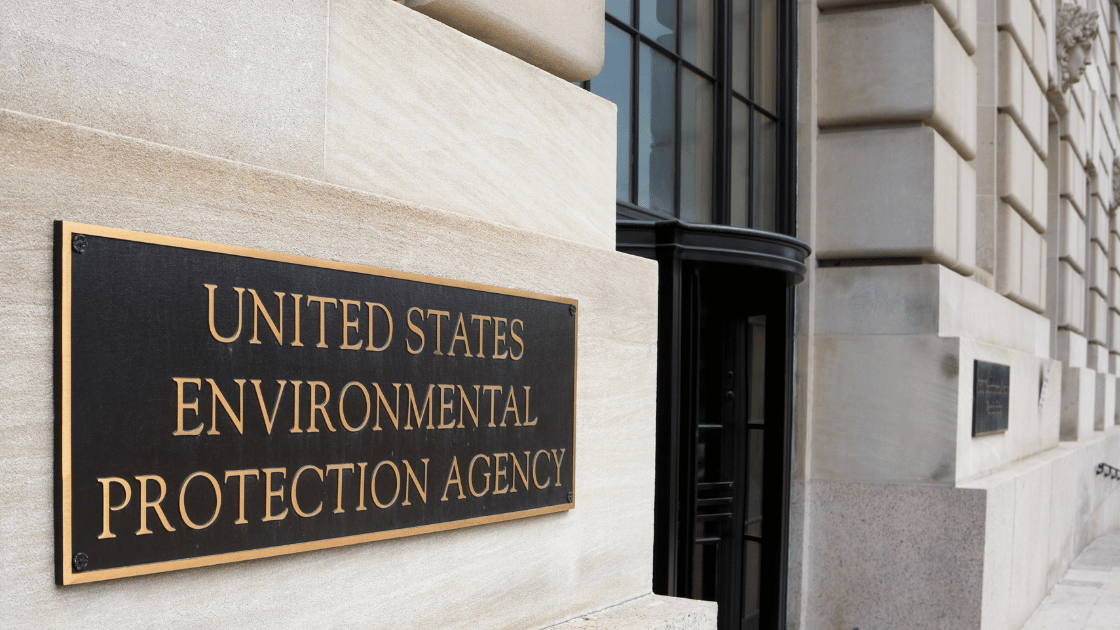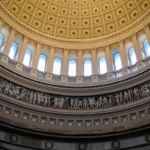Environmental Justice Case Law: Key Decisions and Future Directions

Environmental justice (EJ) seeks to address the disproportionate environmental burdens faced by marginalized communities. These communities, often low-income or predominantly composed of people of color, are more likely to suffer from the adverse effects of pollution, hazardous waste, and climate change. Over the years, environmental justice has evolved as a critical legal and social issue, with case law playing a pivotal role in shaping policies and enforcement.
Understanding Environmental Justice in Legal Context
Environmental justice focuses on equitable access to a clean and safe environment while ensuring that no community bears a disproportionate share of environmental harm. Key components include:
Equity: Addressing systemic inequalities in the distribution of environmental benefits and burdens.
Participation: Empowering affected communities to have a voice in environmental decision-making processes.
Remediation: Ensuring that legal mechanisms are in place to rectify environmental injustices.
The evolution of EJ law has been shaped by federal statutes such as the Civil Rights Act of 1964, the National Environmental Policy Act (NEPA), and the Clean Air Act, along with landmark court decisions that have defined the scope and enforcement of EJ principles.
Key Environmental Justice Legal Decisions
Bean v. Southwestern Waste Management Corp. (1979)
Significance: This case is often cited as the first environmental justice lawsuit. Residents of a predominantly African American community in Houston, Texas, sued to block the construction of a landfill, arguing that it would perpetuate racial discrimination.
Outcome: The court denied the injunction, but the case set the stage for using civil rights laws in environmental justice claims.
Impact: It highlighted the disproportionate siting of hazardous facilities in minority communities, sparking broader awareness and advocacy.

Chester Residents Concerned for Quality Living v. Seif (1997)
Significance: This case involved a predominantly African American community in Chester, Pennsylvania, challenging the issuance of a waste facility permit. Plaintiffs argued that the decision violated Title VI of the Civil Rights Act by having a disparate impact on their community.
Outcome: The Third Circuit Court of Appeals ruled that private citizens could sue under EPA regulations implementing Title VI.
Impact: After the Supreme Court later vacated the decision, questions about the role of Title VI in environmental justice cases remained.
Massachusetts v. EPA (2007)
Significance: While not an EJ case in the traditional sense, this Supreme Court decision established that states and environmental organizations could sue the Environmental Protection Agency (EPA) for failing to regulate greenhouse gas emissions under the Clean Air Act.
Outcome: The Court held that greenhouse gases are pollutants, requiring the EPA to address their regulation.
Impact: The decision advanced climate justice, emphasizing the need to mitigate climate change’s disproportionate effects on vulnerable communities.
Juliana v. United States (2015)
Significance: Youth plaintiffs argued that the federal government’s inaction on climate change violated their constitutional rights to life, liberty, and property and failed to protect essential public trust resources.
Outcome: The Ninth Circuit ultimately dismissed the case, citing procedural issues, but acknowledged the severity of climate change and its potential impact on future generations.
Impact: This case inspired global youth climate movements and highlighted the intergenerational dimensions of environmental justice.
Flint Water Crisis Litigation
Significance: The Flint water crisis exposed a predominantly African American community to lead-contaminated water, leading to numerous lawsuits against government officials and agencies.
Outcome: In 2021, a historic $626 million settlement was approved to compensate residents.
Impact: The litigation underscored the importance of holding public officials accountable for decisions that disproportionately harm marginalized communities.
Friends of Buckingham v. State Air Pollution Control Board (2020)
Significance: This case involved a proposed compressor station for a natural gas pipeline in Union Hill, Virginia, a historic Black community. Residents argued that the facility’s approval violated environmental justice principles.
Outcome: The Fourth Circuit vacated the air permit, citing inadequate consideration of environmental justice impacts.
Impact: The decision reinforced the need for agencies to consider EJ in permitting processes.
Future Directions in Environmental Justice Case Law
Expanding the Scope of EJ Litigation
Courts are increasingly recognizing the intersection of environmental harms with civil rights, public health, and climate change. Future litigation may involve:
Climate Change: Lawsuits addressing the disproportionate impacts of climate change on vulnerable communities.
Cumulative Impacts: Challenges to regulatory decisions that fail to consider the cumulative effects of multiple pollutants on marginalized populations.
Energy Justice: Cases advocating for equitable access to renewable energy and challenging the siting of fossil fuel infrastructure.

Strengthening Legal Frameworks
Legislation like the Biden administration’s Executive Order 14008 (Tackling the Climate Crisis at Home and Abroad) emphasizes environmental justice. Future directions may include:
➝ Codifying EJ principles into federal and state laws.
➝ Expanding Title VI enforcement to include disparate impact claims more robustly.
➝ Requiring detailed EJ analyses in environmental impact assessments.
Incorporating Technological Advancements
Technology is transforming environmental justice litigation through:
Data Mapping: Tools like the EPA’s EJSCREEN enable communities to demonstrate disparities in pollution exposure.
Monitoring Tools: Advanced air and water quality sensors can provide real-time evidence of environmental harms.
Digital Advocacy: Online platforms amplify community voices and mobilize support for legal action.

Stay up to date on environmental law with Continuing Education of the Bar (CEB)
CEB provides a range of online services designed to enhance legal practice, including Practitioner, CEB’s all-in-one legal research solution with authoritative practice guides. Practitioner is meticulously crafted by California lawyers for California lawyers, providing comprehensive insights and resources tailored to your specific needs. All practice guides seamlessly integrate with CEB’s primary law research tool, empowering you to delve into California, Ninth Circuit Court of Appeals, and U.S. Supreme Court case law, alongside California statutes and the California Constitution. As part of the Practitioner subscription, you gain access to DailyNews, ensuring you stay updated on any critical new cases or developments in your field. And don’t forget, Practitioner also includes TrueCite®, CEB’s powerful case law citator, enhancing your research efficiency and accuracy.
Our tools offer unparalleled support in case law research, legal analysis, and staying updated with the latest judicial decisions. By choosing CEB, you gain access to a wealth of knowledge, enabling you to navigate complex legal landscapes with confidence and precision.
Read more related content
- California’s Proposed Antitrust Crackdown: SB 763 Penalties Could Jump from $1 Million to $100 MillionCalifornia’s Proposed Antitrust Crackdown: SB 763 Penalties Could Jump from $1 Million to $100 Million A $1 million penalty for California corporations found guilty of criminal antitrust charges could soon … Continued
- California Wildfire Legal Response: Executive Orders, CEQA Exemptions, and Rebuilding GuidelinesCalifornia Wildfire Legal Response: Executive Orders, CEQA Exemptions, and Rebuilding Guidelines The Los Angeles and Ventura County wildfires are, first and foremost, a human tragedy, displacing families, devastating communities and … Continued
- Navigating the Litigation Process in California: A Practitioner’s Handbook Litigation in California can be a complex and time-intensive process, requiring legal practitioners to have a thorough understanding of procedural rules, case law, and effective legal strategies. Whether representing plaintiffs … Continued



